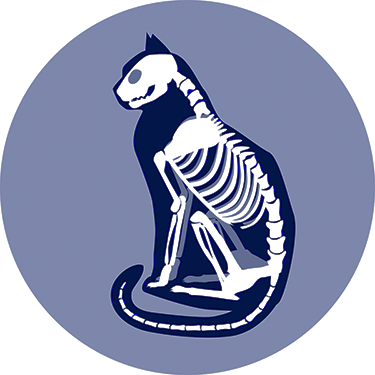Southern Kazakhstan during an excavation along the former Silk Road, an ancient network of important caravan routes that connected Central and East Asia with the Mediterranean region by land.
After its death, the tomcat was buried, and virtually its entire skull including its lower jaw, parts of its upper body, legs, and four vertebrae have been preserved. Imaging revealed that the cat suffered several broken bones during its life. Based on a conservative estimate, the cat likely lived past its first year of life.
An examination of the cat’s skeleton revealed astonishing details about its life. Isotope analyses of bone samples provided the team with information about the cat’s diet. Compared to the dogs found during the excavation and to other cats from that time, this cat’s diet was very high in protein, which means it likely was fed by humans toward the end of its life. DNA analyses proved that the animal was likely a domestic cat (Felis catus L). It is remarkable that this skeleton was found because, at that time (8th century AD), people only kept animals essential to their lives.n
Haruda, A. F., et al. The earliest domestic cat on the Silk Road. Scientific Reports, 2020; 10 (1) DOI: 10.1038/s41598-020-67798-6




